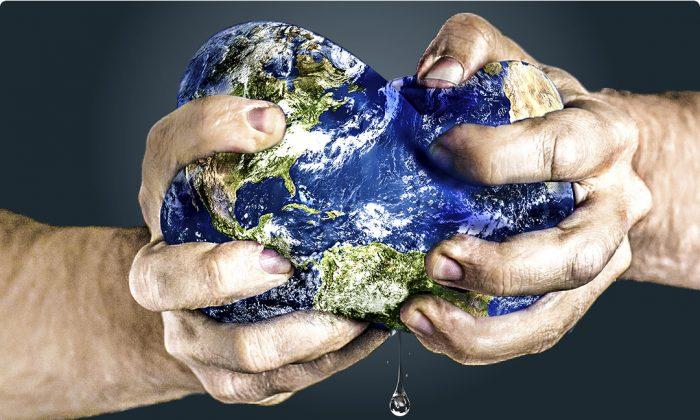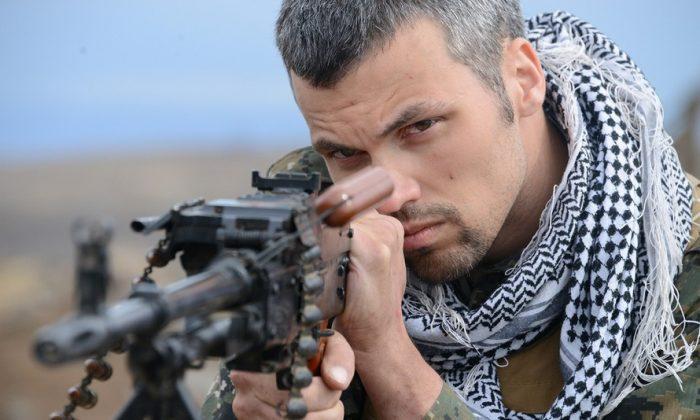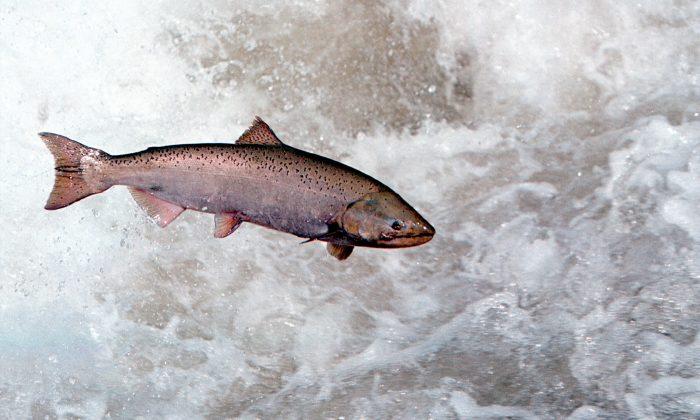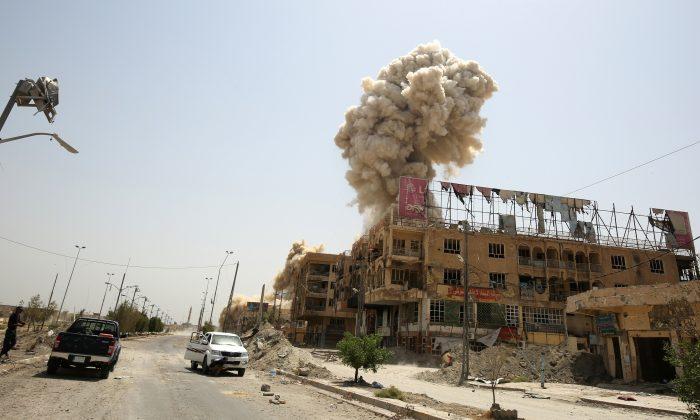NEW YORK—A look at global press freedom during 2009 offers a glimpse into dangers journalists face as the media industry adjusts to years of corporate meltdowns.
Of particular concern are those who rely on the Internet to get news and information out—more than half of imprisoned members of the press are online journalists, including bloggers.
In its annual report, “Attacks on the Press in 2009,” the Committee to Protect Journalists (CPJ) assesses countries from Somalia to Croatia, but sets the tone with a high-profile case from Iran.
Maziar Bahari, a Canadian-Iranian reporter for Newsweek, was held captive for 118 days in Iran. With the backing of Newsweek and the Washington Post Company, Bahari is now safely home with his wife and child. But there was a chilling foreshadowing of a possible trend in the making before his release.
Bahari’s captors invented a way to accuse him of “spying” on Iran by saying he had committed “media espionage.”
While this invention may sound ludicrous, CPJ warns it could be a sign of things to come: regimes like Iran, with an axe to grind over the dissemination of information to citizens and the outside world, are inventing excuses to persecute journalists.
While Bahari escaped captivity, CPJ points out that other regimes are likely watching for new tactics like those used by Iran to use against reporters in their own countries. And those at greatest risk are online journalists—bloggers, Web site news writers, and freelance journalists who don’t have the backing of major media organizations.
“Repressive regimes like Iran’s count on the anonymity of their victims, on the world ignoring or overlooking who they’ve arrested and why,” writes Fareed Zakaria, editor of Newsweek International, in the report’s preface. “And without the imprimatur of a major news organization, it’s indeed all too easy for freelancers, bloggers, and local journalists to disappear.”
According to CPJ, in 2009, 52 journalists were killed. Seventy-five percent of those were killed because of politics.
The single deadliest instance of journalists killed on the job was in the Philippines, where 31 died, all in a single, coordinated attack that took place in the southern state of Maguindanao.
Journalists and media workers accompanying a convoy of individuals on their way to file candidacy papers for May 2010 elections were ambushed by more than 100 heavily armed militiamen. Twenty-nine journalists and two media workers were shot and dumped into mass graves that had been prepared ahead of time. Others with them were also murdered—57 lives in total.
In El Salvador, the point-blank range gunshot murder of Christian Poveda typified the climate of egregious danger that reporters work under in the Central American country. Poveda was a well-known and experienced field journalist and documentarian. He had been working on a controversial documentary about infamous Salvadoran gangs and paid the highest price for his work.
Other countries with fewer dead in the line of work still found journalists and media workers suffering under various types of pressure and threats.
In African hotspots, local journalists have been forced to flee for their safety. Cases of self-imposed exile in countries like Somalia, Ethiopia, Eritrea, and Zimbabwe, among others, have created a vacuum of regional professional reporting.
Fewer professional reporters equal a less informed populace, and more opportunity for governments and political factions to exert control or influence over once-independent media outlets.
The CPJ report was published on February 16 and is available online at www.cpj.org .
Of particular concern are those who rely on the Internet to get news and information out—more than half of imprisoned members of the press are online journalists, including bloggers.
In its annual report, “Attacks on the Press in 2009,” the Committee to Protect Journalists (CPJ) assesses countries from Somalia to Croatia, but sets the tone with a high-profile case from Iran.
Maziar Bahari, a Canadian-Iranian reporter for Newsweek, was held captive for 118 days in Iran. With the backing of Newsweek and the Washington Post Company, Bahari is now safely home with his wife and child. But there was a chilling foreshadowing of a possible trend in the making before his release.
Bahari’s captors invented a way to accuse him of “spying” on Iran by saying he had committed “media espionage.”
While this invention may sound ludicrous, CPJ warns it could be a sign of things to come: regimes like Iran, with an axe to grind over the dissemination of information to citizens and the outside world, are inventing excuses to persecute journalists.
While Bahari escaped captivity, CPJ points out that other regimes are likely watching for new tactics like those used by Iran to use against reporters in their own countries. And those at greatest risk are online journalists—bloggers, Web site news writers, and freelance journalists who don’t have the backing of major media organizations.
“Repressive regimes like Iran’s count on the anonymity of their victims, on the world ignoring or overlooking who they’ve arrested and why,” writes Fareed Zakaria, editor of Newsweek International, in the report’s preface. “And without the imprimatur of a major news organization, it’s indeed all too easy for freelancers, bloggers, and local journalists to disappear.”
According to CPJ, in 2009, 52 journalists were killed. Seventy-five percent of those were killed because of politics.
The single deadliest instance of journalists killed on the job was in the Philippines, where 31 died, all in a single, coordinated attack that took place in the southern state of Maguindanao.
Journalists and media workers accompanying a convoy of individuals on their way to file candidacy papers for May 2010 elections were ambushed by more than 100 heavily armed militiamen. Twenty-nine journalists and two media workers were shot and dumped into mass graves that had been prepared ahead of time. Others with them were also murdered—57 lives in total.
In El Salvador, the point-blank range gunshot murder of Christian Poveda typified the climate of egregious danger that reporters work under in the Central American country. Poveda was a well-known and experienced field journalist and documentarian. He had been working on a controversial documentary about infamous Salvadoran gangs and paid the highest price for his work.
Other countries with fewer dead in the line of work still found journalists and media workers suffering under various types of pressure and threats.
In African hotspots, local journalists have been forced to flee for their safety. Cases of self-imposed exile in countries like Somalia, Ethiopia, Eritrea, and Zimbabwe, among others, have created a vacuum of regional professional reporting.
Fewer professional reporters equal a less informed populace, and more opportunity for governments and political factions to exert control or influence over once-independent media outlets.
The CPJ report was published on February 16 and is available online at www.cpj.org .




Friends Read Free